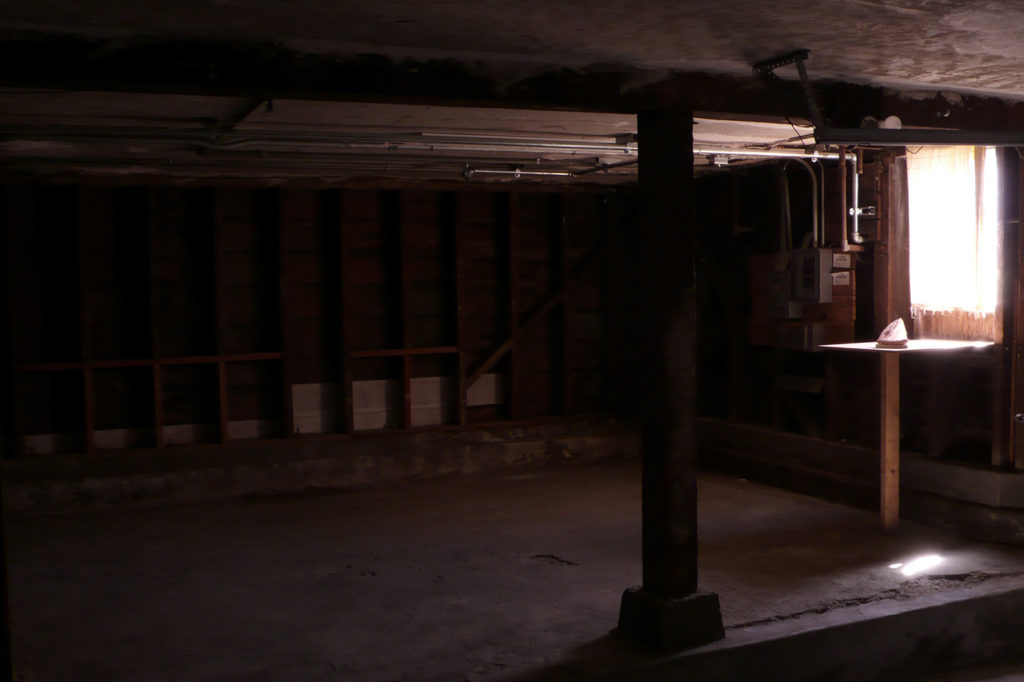
In the aftermath of organizing an unrealized exhibition at artist-run institution Odium Fati in San Francisco, K.R.M. Mooney offers a set of relations between participating figures. These six installments, contributed to Flash Art’s “In Residence” column, are a means for the artist to pursue the significance of each context-specific practice and the potential actions, kinships, and alignments between these figures.
Naming a place one has a stake in, where one lives and works, is not inconsequential when the lines we follow function as forms of alignment or as a way of being in line with others. This also implies our corporeal alignments, behaviors, and orientations. To think in spatial terms, the spaces I move through — their responsiveness toward difference, economics, climate, and physical arrangement — create a set of affordances: a tendency or possibility for a one set of actions or forms of engagement over others. Working outside of a center, there is a turn to artist-run spaces and a potential to see through a different set of values when it comes to producing and exhibiting art. A dustpan, a kitchen, a stove, a bed: these are all things I’ve inherited from past exhibitions. There is a kind of transparency relative to the maintenance of space and the body that I’ve learned as a condition of where I work and live.
Pied-à-terre inhabited a garage beneath artist McIntyre Parker’s apartment. This quiet space provided a ground for exhibitions in San Francisco from 2011 to 2015. Positioned by Parker as an off-space and occasional publisher, it was a single-work exhibition format where, during open hours, one might encounter a breach of its inherently domestic infrastructure as a consequence of Parker and other tenants living above. One entered via a driveway with a slightly lower-than-ground-level slope. A concrete platform provided the main spatial delineation, with no wall to make clear the space of the exhibition and its perennial edges used for tenant storage. This was an intention, an open line between domesticity and exhibition; a building as movement of sedimentation and stabilization, but also a site of opening space and living.
Taking place at the same 2nd Avenue address, artist-run institution Odium Fati inherited multiple forms of significance historically and in the present. As a result of Parker’s relocation, the transference of space from Pied-a-terre to Odium Fati occurred out of necessity — an act of collective recuperation but also friendship. Felt aspects of Pied-à-terre were passed on; beyond exhibitions occurring in the same physical location, they continued to arrive out of an economy of means. For example, I spoke at length with Benjamin Ashlock and Diego Villalobos about the timing of the exhibition I planned to organize. We speculated its arrival in the program around the spring of 2018, though all agreed: only as the fullness of daily life permitted.
Most artist-run institutions are less staid organizations — sites of mutual entanglement operating from a coming-togetherness and coarticulation that is always implicated in a practice of self-questioning: What kind of institution are we? What kinds of values do we institutionalize? What forms of practice do we reward, and what kinds of rewards do we aspire to? Through which figures and citations do we build our dwellings? As worlds are built out of citational habits, the potential to gather works for this exhibition was a way of picking up figures as a mode of revision, a means of thinking with my own practice. A further attunement and attention to what gets gathered up, used, and shared; an attentiveness to which seeds should be saved for future re-seeding, future re-worlding. Odium Fati offered a space of physical and locally situated reflexivity by way of Pied-à-terre’s embodied history, allowing the works to enter the significance of this site. A possibility to lay out another path through which site and artworks are encountered and mutually constituted in a back-and-forth exchange, the goal of which may change as forms and their values enfold.

